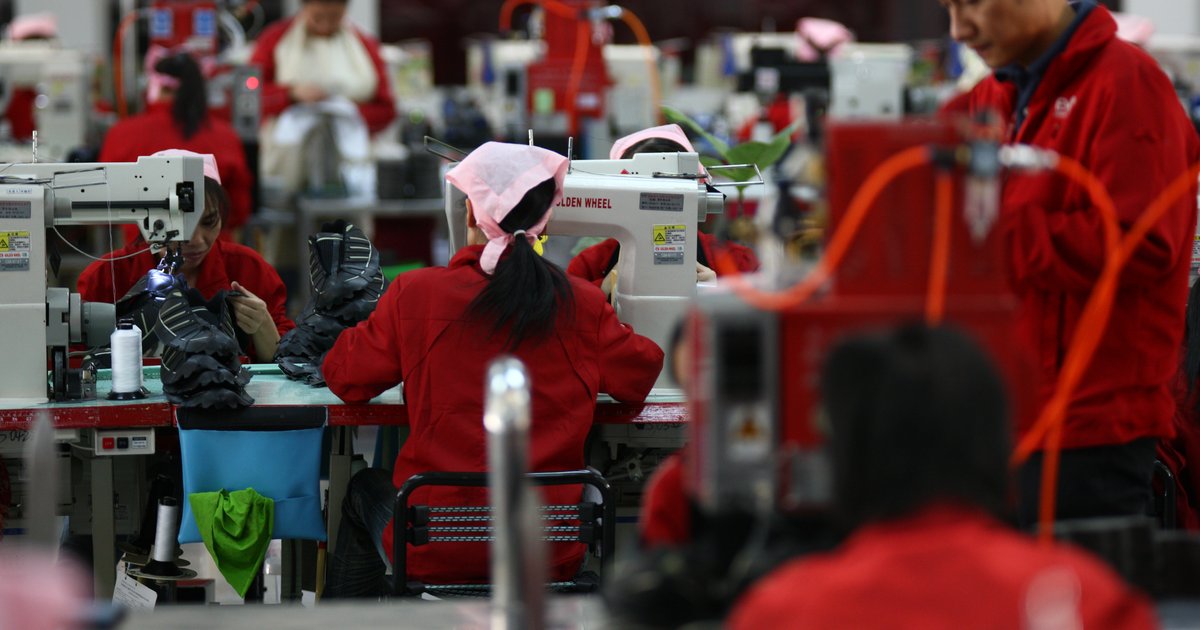A commitment to all Fair wage dimensions
Adidas is first committed to the payment of the living wage. As set out in the core principles of its Workplace Standards, ‘As a responsible business we do not want the workers employed in our supply chain to face hardship in their daily lives. Workers should earn enough for their basic needs and also have income remaining to cover their discretionary spending as well as savings.’
While Adidas is committed to the payment of a living wages, it decided that it had to take on board all Fair Wage dimensions to be able to improve its human resources in a systemic way. As indicated by the Sports brand:
‘The idea of a living wage is that workers and their families are able to afford a basic, but decent, standard of living that is considered acceptable by society at its current level of economic development. Fair compensation goes deeper. It considers the fairness of the wage that a worker is paid by benchmarking whether wages: are paid regularly and on time, include the legal minimum, allow decent living standards, reflect a worker’s performance and skills, reward overtime, follow price increases, are linked to their employer’s profits and sales, reflect changes in work technology, are negotiated individually or collectively with workers, are clearly and formally communicated to workers.’
Adidas also include the need for a transparent and comprehensible reporting on the compensation of the Executive Board and Supervisory Board as part of its fair compensation strategy and as an essential element of good corporate governance.

A series of pilot Fair Wage assessments
Adidas embarked into the Fair Wage approach from the beginning of the Fair Wage Network, in 2011-2012. It engaged with the Fair Wage Network to assess the performance of nearly 30 suppliers in seven countries in Asia, South America and Europe. This pilot assessment work was then complemented by a quantitative and detailed evaluation of the outcomes from assessments in four suppliers.
This work and experiences on fair wages were for instance presented at the European Conference on Living Wages, hosted in Berlin, Germany on 25-26 November 2013.

Management tools to implement fair wages at enterprise level
This field work done by the Fair Wage network then allowed Adidas to integrate the Fair wage concept into its Human Resources Management Systems that lead to individual factories to monitor its wage performance and to implement when required remediation activities and practices. This systematic monitoring allowed to embed Fair wages into business operations.
As indicated by Adidas:
‘The Fair Wage assessments we carried out in two dozen suppliers provided suppliers with measurements of the strengths and weaknesses of the wage-setting system and highlighted the important linkages between pay and skills, pay and company performance and the need for effective social dialogue in the workplace.’

The need to extend the process to external assessment and verification
While the Fair Wage approach has been successfully internalized into its human resources management systems, Adidas could now build on developing a transparent system of reporting and of external verification of the progress made over time on the different fair wage dimensions.
This would bring even further legitimacy to its Fair Wage approach and also allow external stakeholders, business partners and investors to follow this progress and how such steps also contribute to the brands’ sustainability goals.

